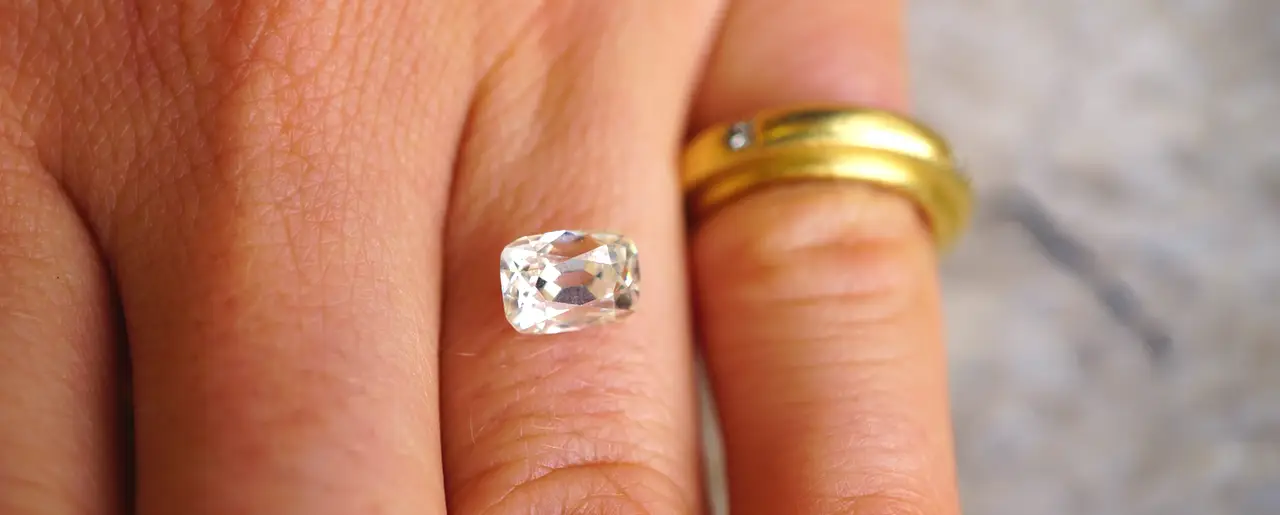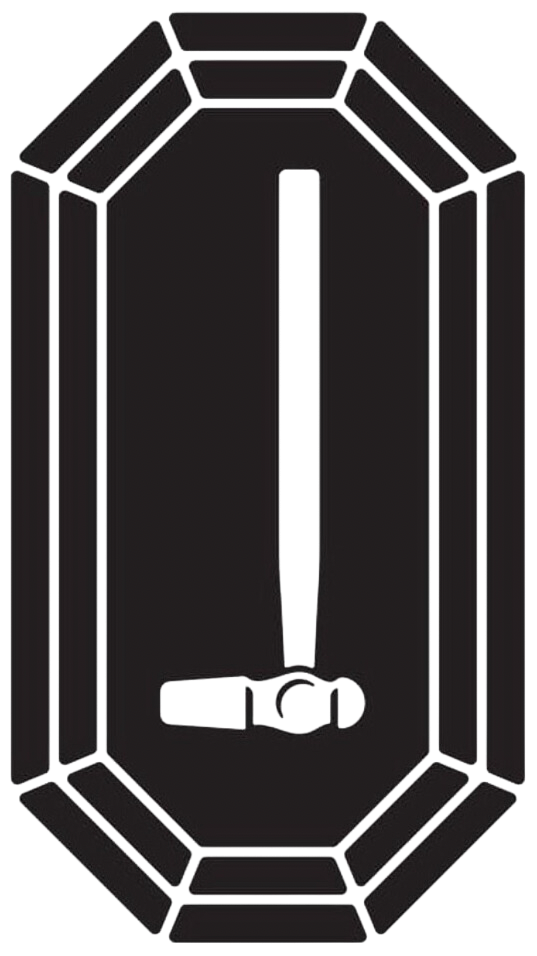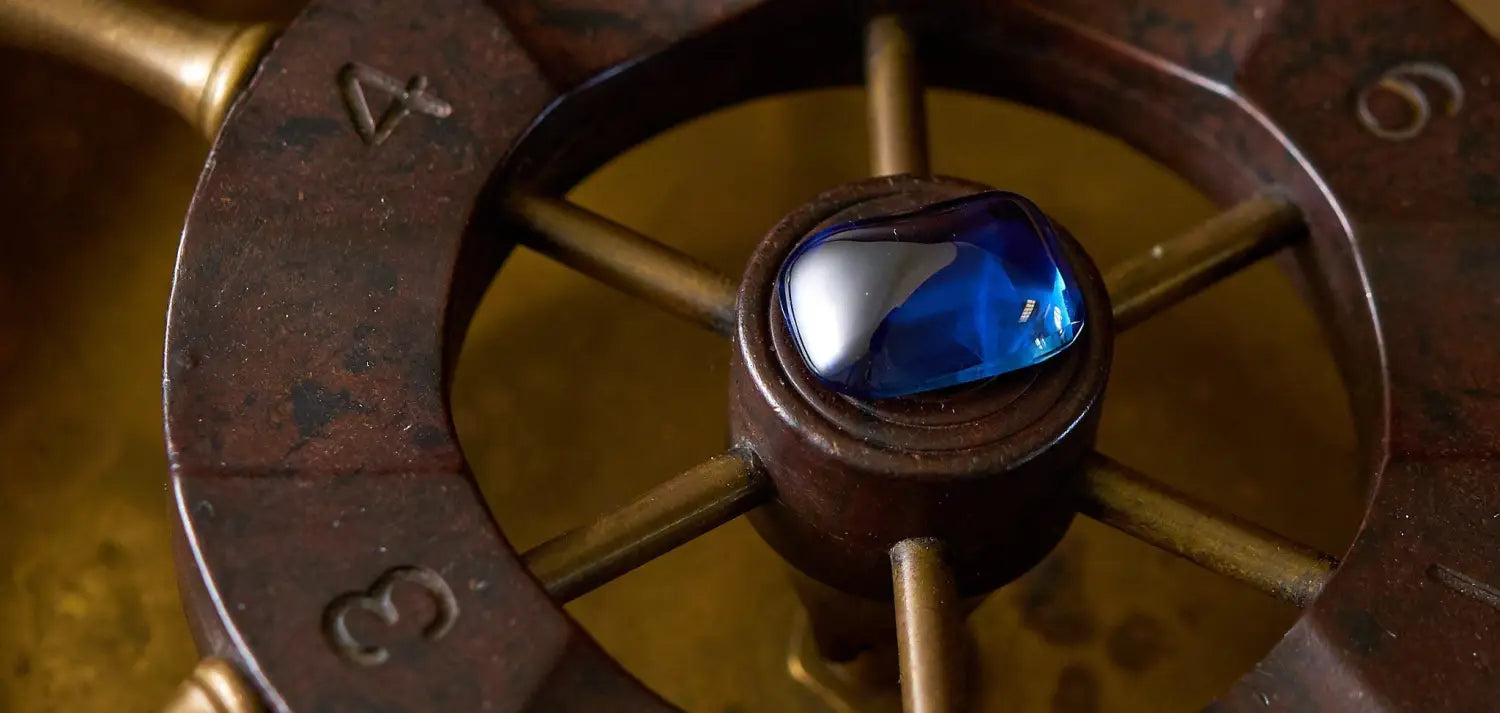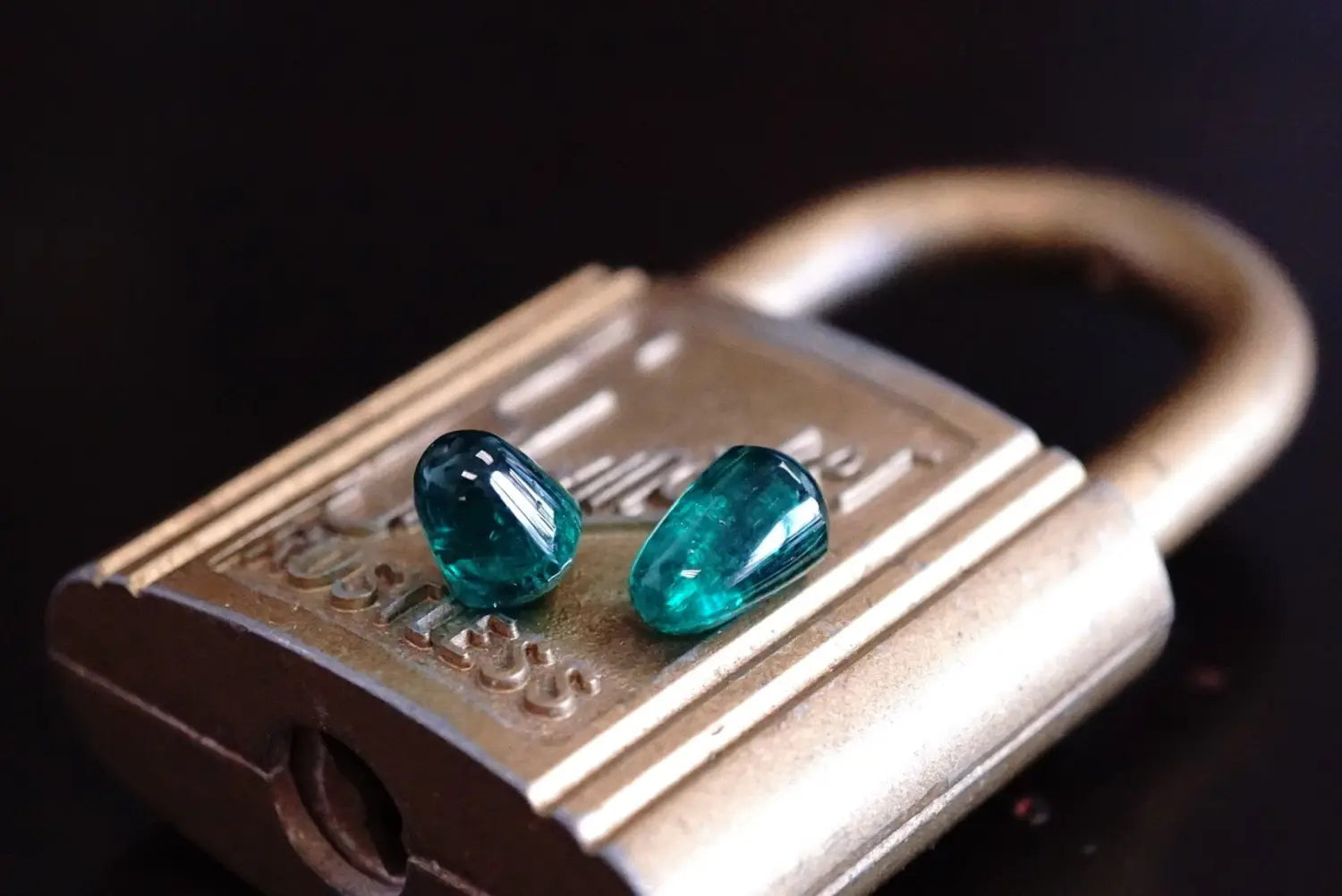
How to Measure Brilliance (And Why It Isn't Everything)
When inquiring about brilliance, gem trader Anup Jogani gives a full perspective on what's really important when purchasing a stone.
Modern society heavily relies on measurements and metrics to evaluate the world around us. The tendency to measure, however, does not always apply when it comes to assessing antique gems.
A customer might approach a dealer, wanting to know exactly how much scintillation, how much brilliance, or the color spectrum of an item, when in reality, the best way to measure a stone is with the human eye. A dealer must develop and hone an eye and a feel for gemstones, even in the case of diamonds, whose prices are typically controlled by the market.
As a general strategy, it’s best to bring the stone into a few different lights, including incandescent, natural, and daylight, and meditate on how the stone speaks to you. Some stones that might lack a bit of brilliance will make up for it with a bit of color play or different variations of color.

The ultimate goal is to find a stone that performs, which involves a variety of factors, including brilliance, fire, scintillation, and color play. People don’t often ask for an exact cut grade or a particular color on a certificate. The human eye can see millions of colors, and so many variations and subtleties contribute to the performance of a stone, one of those factors being brilliance.
As an example, I had a sugar loaf with the most beautiful lavender hue, which included hints of pink and blue flashing throughout the stone, and a white haze glowed around the stone. While the gem was phenomenal, there wasn’t a proper way to describe the full extent of its beauty.
Therefore the best way to judge a stone is to look at it with your eyes. Certificates communicate what a gemstone is, what it’s comprised of, and how it looks in a general sense, but getting a feel for a stone with your own eyes is the best way to judge a gem you’re considering purchasing.
The comparative aspect of evaluating gemstones is of utmost importance. If you’ve seen enough stones, you know what’s high quality and what’s not, similar to how one would assess art. After viewing enough varying levels of goods, a dealer learns what the top 10% is. These top echelon items, the upper 1% of gemstones, generate the most value.
In addition to brilliance and color, the way a stone’s inclusions play with light can make or break the quality of a gem. Great inclusions are those that contribute to the character and style of the stone but don’t detract from its beauty. Balancing that fine line can be difficult, and it takes a knowledgeable dealer to weigh all of these factors while evaluating a particular item.


